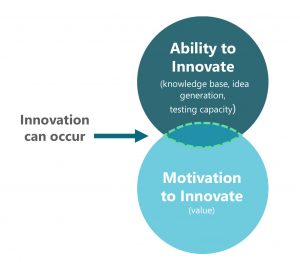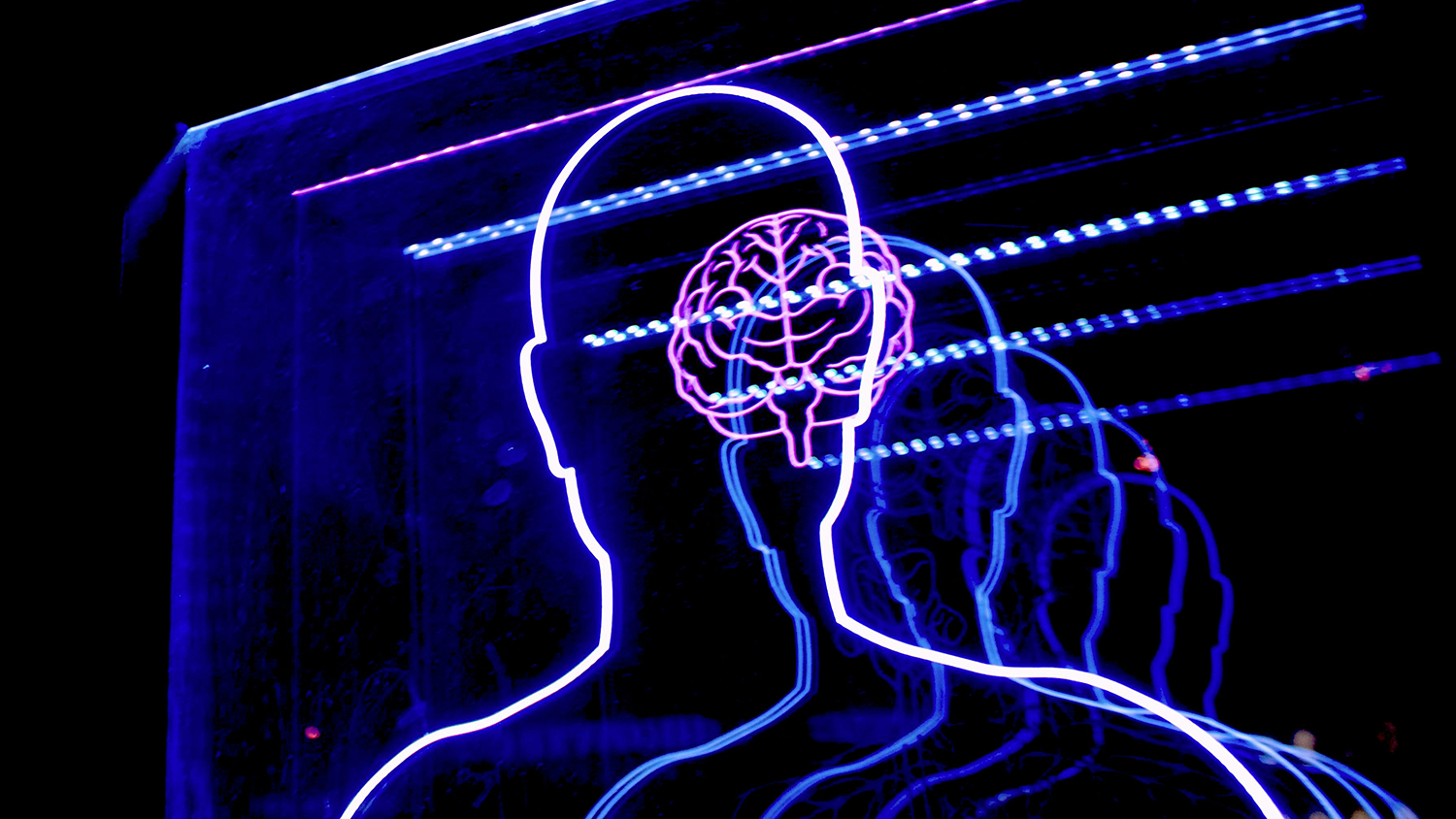Remember those pop culture internet quizzes designed to reveal whether you are a right-brained or a left-brained thinker? Such hardline classifications seemed to perpetuate a rigid, culturally imposed division between imaginative, artistic thinking and logical, scientific thinking. In my world, this translated to a choice between pursuing a career as a scientist or a designer. Not being able to choose, I have spent a lifetime flip-flopping: designer, scientist, designer, scientist, and finally: designer-scientist! In the realm of innovation, there exists a space where these dichotomous worldviews intersect, and in fact, complement one another quite well.
An accepted characterization of creativity, a process which guides innovation, is being able to generate ideas which are both novel and useful. Structural and functional neuroscience studies support these two neural processes as being predictive of creativity. That is, creativity measures are correlated with the brain’s ability to be flexible enough to generate new combinations of stored information (with stored knowledge being a prerequisite ingredient), and to evaluate potential solutions in terms of their meaningfulness and appropriateness.
In real world applications, there often exists a value-laden conflict over whether to keep these novelty and appropriateness processes separate. Value may be placed on pursuing perceived appropriate solutions by virtue of them having been tested and hence more risk-averse, as opposed to exploring novel ideas. In my experience as a design researcher, clients often request design research for their projects precisely to reduce uncertainty and mitigate risk by adopting solutions which have been correlated with desired outcomes. Evidence is collected and analyzed for the sake of producing knowledge and appropriate action principles. The more credible the evidence, where credibility is often based on the strength and quality of the findings, the more broadly the evidence might be adopted into design.

This approach to practicing design research seemed to stop short of its potential. Mining the most robust evidence and ensuring its careful translation and application to design often was holding us back from exploring new ways of optimizing outcomes. As my mentor John Eberhard, FAIA believed, research is not just for the sake of research; research is to figure out how to make ideas possible. When we shifted our aim from application to innovation, and expanded our process from assessing appropriateness to include idea generation, research didn’t stop at knowledge production, but rather existed as a tool within a larger process with an aim to improve or disrupt a system through the design of a new thing, process or service. We still make use of rigorous research evidence and practices as a foundational tool in our innovation process. Research informs how we measure appropriateness and meaning for new ideas generated; our research processes have expanded too – becoming more iterative than linear, more exploratory than hypothesis driven.
This convergence of research and design is not unique to how I practice nor even the design industry. While innovation as a process has arguably existed throughout human history, emerging scientific evidence has increased our knowledge base from which to inspire new ideas, design technologies have increased our ability to rapidly generate novel solutions, and measurement tools – particularly tools which can measure dynamic human-environment interactions in real time and in real contexts – aid our ability to evaluate solutions with more certainty and less unknown risk. As a result, I hope there will be less tension between using research to inform design and using research to transform design.



